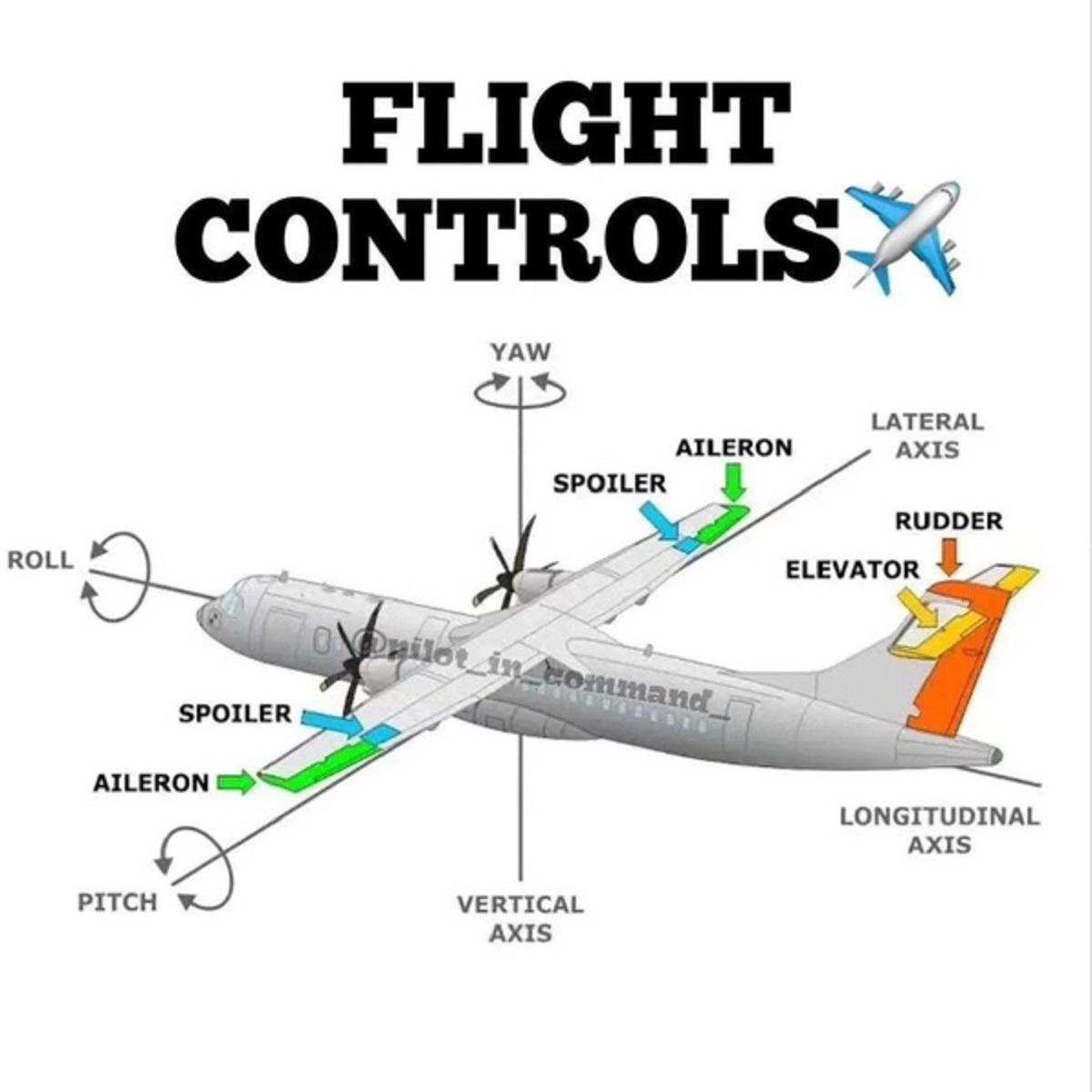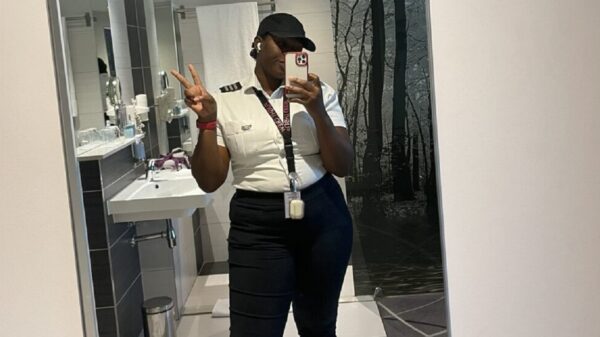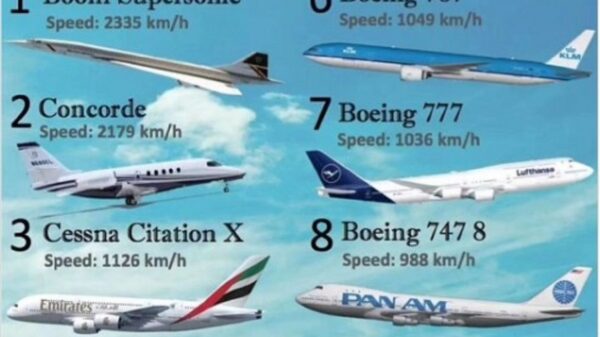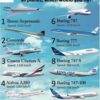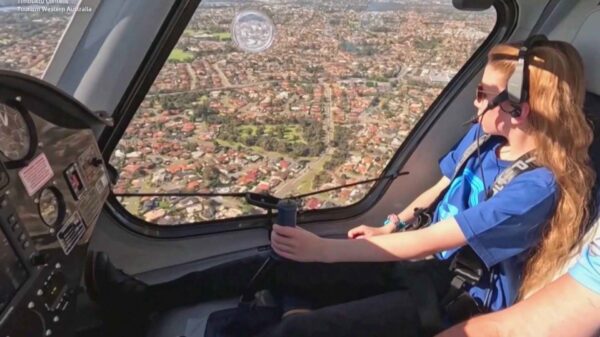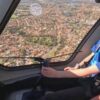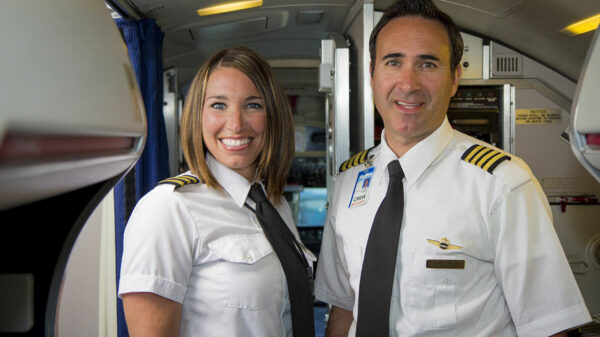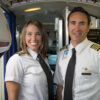Flying an aircraft is a remarkable feat that requires a deep understanding of various flight controls. Pilots rely on a complex interplay of control surfaces and axes to manoeuvre their aircraft through the skies with precision and grace.
In this article, we’ll explore the key flight controls that a Pilot-in-Command (PIC) utilises, including yaw, roll, elevator, rudder, spoiler, aileron, lateral axis, pitch, vertical axis, longitudinal axis, upwash, downwash, and flaps.
#1. Yaw, Roll, and Pitch: The Basics of Control
The three primary flight control axes are yaw, roll, and pitch. Yaw is the aircraft’s rotation around its vertical axis and is controlled by the rudder. Roll involves the process of moving around the longitudinal axis and is managed by the ailerons. Pitch is the rotation around the lateral axis governed by the elevator.
#2. Rudder and Aileron: Yaw and Roll Control
The rudder controls the yaw, usually located at the aircraft’s tail. The aircraft’s nose can be pointed in the desired direction by deflecting the rudder left or right. Ailerons, found on the wings, are responsible for roll control. The aircraft rolls about its longitudinal axis when one aileron is raised and the other is lowered.
#3. Elevator: Pitch Control
It is situated on the tail of an aircraft. The elevator is responsible for pitch control. Deflecting the elevator upward or downward changes the aircraft’s angle of attack, enabling it to climb or descend.
#4. Spoilers: Enhancing Control and Braking
Spoilers are panels on the wings that can be raised to disrupt the airflow and reduce lift. Pilots use spoilers to control descent rates, manage speed, and improve the aircraft’s stability during manoeuvres. In addition to their aerodynamic function, spoilers can act as airbrakes during landing, aiding in deceleration.
#5. Flaps: Aiding Lift and Control
Flaps are hinged surfaces on the wings that can be extended or retracted. By increasing the wing’s surface area, flaps enhance lift, allowing the aircraft to take off and land at lower speeds. Extended flaps also contribute to increased drag during approach and landing, aiding in a controlled descent.
#6. The Lateral, Longitudinal, and Vertical Axes
Lateral, longitudinal, and vertical axes govern the aircraft’s movements. The lateral axis runs from wingtip to wingtip and controls pitch. The longitudinal axis extends from the nose to the tail and controls roll. The vertical axis stretches from the aircraft’s top to bottom and controls yaw.
#7. Upwash and Downwash: Effects on Lift and Stability
Upwash and downwash are phenomena related to the airflow around the wings. Upwash occurs ahead of the wing and helps improve its efficiency by directing air over it. On the other hand, downwash is the downward flow of air behind the wing, affecting the aircraft’s stability and control.
Conclusion
Mastery of flight controls is a cornerstone of a pilot’s skill set. Pilots can manoeuvre their aircraft confidently and safely through the skies by understanding how yaw, roll, pitch, and the various control surfaces interact.
The precise manipulation of these controls and a grasp of the lateral, longitudinal, and vertical axes enable pilots to execute complex manoeuvres and ensure a smooth and controlled flight experience.


